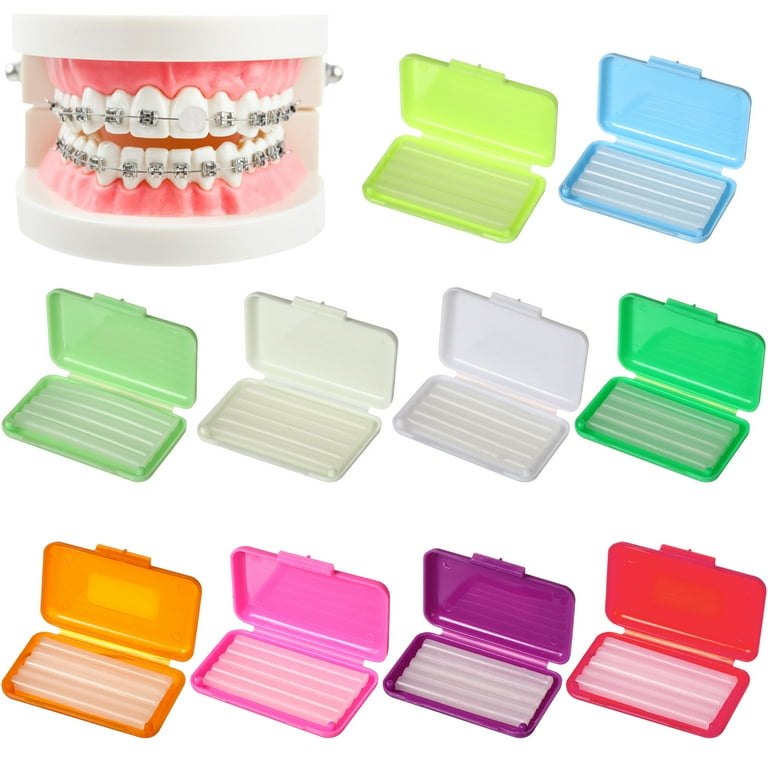Finding the Right Cumming Orthodontist for Your Braces and Aligners Needs
Comprehensive Guide to Orthodontics Procedures for Dealing With Oral Imbalances
In the world of orthodontics, the trip to achieving a completely aligned smile includes a myriad of procedures customized to deal with oral imbalances. From standard braces to invisible aligners and even surgical alternatives, the field of orthodontics offers a series of solutions to address differing levels of dental abnormalities. Recognizing the complexities of each treatment, including their devices, advantages, and prospective disadvantages, is vital in making notified choices concerning one's orthodontic treatment. As we navigate through the detailed overview to orthodontic treatments for correcting oral imbalances, the elaborate details of each approach will certainly unfold, losing light on the course towards a practical and unified dental placement.
Orthodontic Procedures Review

Regular adjustments and tracking are vital components of orthodontic therapy to guarantee progress is on track and to make any type of necessary adjustments along the means. By undertaking orthodontic procedures, people can not just accomplish a straighter smile but additionally improve their total dental health and feature.
Standard Dental Braces: Just How They Work
When taking into consideration orthodontic therapies for oral misalignments, standard dental braces stand out as a reliable technique for fixing teeth positioning. Typical braces consist of brackets, wires, and bands that function together to apply continual stress on the teeth, slowly moving them into the desired placement.
One trick facet of how standard dental braces work is the process of bone remodeling. As pressure is related to the teeth via the braces, the bone surrounding the teeth is reshaped to support the new tooth placements. This improvement is necessary for the lasting stability of the fixed placement. Patients will need regular modifications at the orthodontist's office to guarantee the dental braces remain to use the correct pressure for efficient teeth movement.
Unnoticeable Aligners: Disadvantages and pros
Unnoticeable aligners use a convenient and very discreet alternative to typical braces for fixing oral misalignments. These clear, customized trays are practically unnoticeable when used, making them an appealing option for people looking for a much more visually pleasing orthodontic treatment. Among the key benefits of undetectable aligners is their removability, permitting simpler maintenance of dental health compared to conventional braces. Patients can remove the aligners prior to consuming or cleaning their teeth, minimizing the threat of food getting stuck in the device and streamlining the cleaning process.

Surgical Orthodontic Options
Surgical interventions in orthodontics present feasible choices for resolving complex dental imbalances that might not be effectively solved via conventional orthodontic treatments. While typical dental braces and invisible aligners can deal with several orthodontic concerns, particular cases require surgical intervention to accomplish ideal outcomes. Surgical orthodontic alternatives are commonly recommended for serious malocclusions, considerable jaw inconsistencies, and cases where the underlying bone structure requires adjustment to accomplish appropriate placement.
One usual medical orthodontic treatment is orthognathic surgical procedure, which entails repositioning the jaws to fix functional problems such as difficulty eating or speaking. This surgical treatment is frequently performed in cooperation with an orthodontist who helps straighten the teeth before and after the treatment. Surgical orthodontics may also include procedures to reveal affected teeth, remove excess periodontal tissue, or improve the jawbone to create an extra harmonious face account.
Before taking into consideration medical orthodontic options, people go through a detailed evaluation to establish the need and possible benefits of such interventions. cumming orthodontist. While surgical treatment may seem complicated, it can dramatically boost both the feature and appearances of the smile in instances where conventional orthodontic treatments drop short
Retainers and Post-Treatment Treatment

Post-treatment care entails following the orthodontist's directions faithfully. This may include appropriate dental health practices, attending follow-up visits, and putting on the retainers as prescribed. Failure to abide with post-treatment care directions can cause dental implant systems regression, where the teeth slowly relocate back in the direction of their original settings. Regular retainer wear, good oral health, and normal dental referrals dental check-ups are vital for maintaining the results accomplished with orthodontic surgical procedure and ensuring the long-lasting security of the dealt with dental positioning.
Final Thought
Finally, orthodontic procedures supply various options for dealing with oral misalignments. Conventional braces make use of metal brackets and cords to move teeth into proper placement. Unseen aligners supply a more discreet choice however may not appropriate for all cases. Surgical orthodontic alternatives are offered for much more severe misalignments. Retainers are typically used post-treatment to maintain the brand-new placement. On the whole, orthodontic treatments can properly boost oral wellness and aesthetic appearance.
As we browse through the detailed guide to orthodontic procedures for dealing with dental imbalances, the elaborate information of each method will certainly unfold, dropping light on the path toward a unified and functional oral alignment. - cumming aligners
One of the most usual orthodontic therapies is the usage of braces, which consist of steel braces and cables that use gentle pressure to slowly change teeth right into the desired setting.When taking into consideration orthodontic treatments for dental imbalances, typical braces stand out as a time-tested technique for dealing with teeth placing. Furthermore, undetectable aligners may not be ideal for intricate orthodontic concerns that require more significant teeth motion, as they are commonly recommended for mild to moderate instances. Retainers are personalized orthodontic devices made to hold teeth in their corrected placements after the completion of orthodontic therapy.